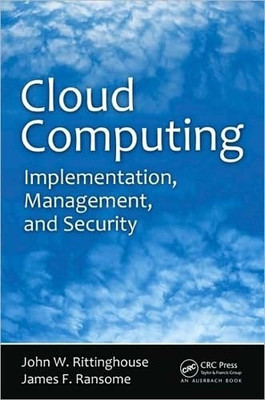CP7017 DATA VISUALIZATION TECHNIQUES
UNIT I CORE SKILLS FOR VISUAL ANALYSIS
Information visualization – effective data analysis – traits of meaningful data – visual perception – making abstract data visible – building blocks of information visualization – analytical interaction – analytical navigation – optimal quantitative scales – reference lines and regions – trellises and crosstabs – multiple concurrent views – focus and context – details on demand – over-plotting reduction – analytical patterns – pattern examples
UNIT II TIME-SERIES, RANKING, AND DEVIATION ANALYSIS
Time-series analysis – time-series patterns – time-series displays – time-series best practices – part-to-whole and ranking patterns – part-to-whole and ranking displays – best practices – deviation analysis – deviation analysis displays – deviation analysis best practices
UNIT III DISTRIBUTION, CORRELATION, AND MULTIVARIATE ANALYSIS
Distribution analysis – describing distributions – distribution patterns – distribution displays – distribution analysis best practices – correlation analysis – describing correlations – correlation patterns – correlation displays – correlation analysis techniques and best practices – multivariate analysis – multivariate patterns – multivariate displays – multivariate analysis techniques and best practices
UNIT IV INFORMATION DASHBOARD DESIGN I
Information dashboard – categorizing dashboards – typical dashboard data – dashboard design issues and best practices – visual perception – limits of short-term memory – visually encoding data – Gestalt principles – principles of visual perception for dashboard design
UNIT V INFORMATION DASHBOARD DESIGN II
Characteristics of dashboards – key goals in visual design process – dashboard display media – designing dashboards for usability – meaningful organization – maintaining consistency – aesthetics of dashboards – testing for usability – case studies: sales dashboard, CIO dashboard, Telesales dashboard, marketing analysis dashboard
REFERENCES:
1. Stephen Few, "Now you see it: Simple Visualization techniques for quantitative analysis", Analytics Press, 2009.
2. Stephen Few, "Information dashboard design: The effective visual communication of data", O'Reilly, 2006.
3. Edward R. Tufte, "The visual display of quantitative information", Second Edition, Graphics Press, 2001.
4. Nathan Yau, "Data Points: Visualization that means something", Wiley, 2013.
5. Ben Fry, "Visualizing data: Exploring and explaining data with the processing environment", O'Reilly, 2008.
6. Gert H. N. Laursen and Jesper Thorlund, "Business Analytics for Managers: Taking business intelligence beyond reporting", Wiley, 2010.
7. Evan Stubbs, "The value of business analytics: Identifying the path to profitability", Wiley, 2011.



































